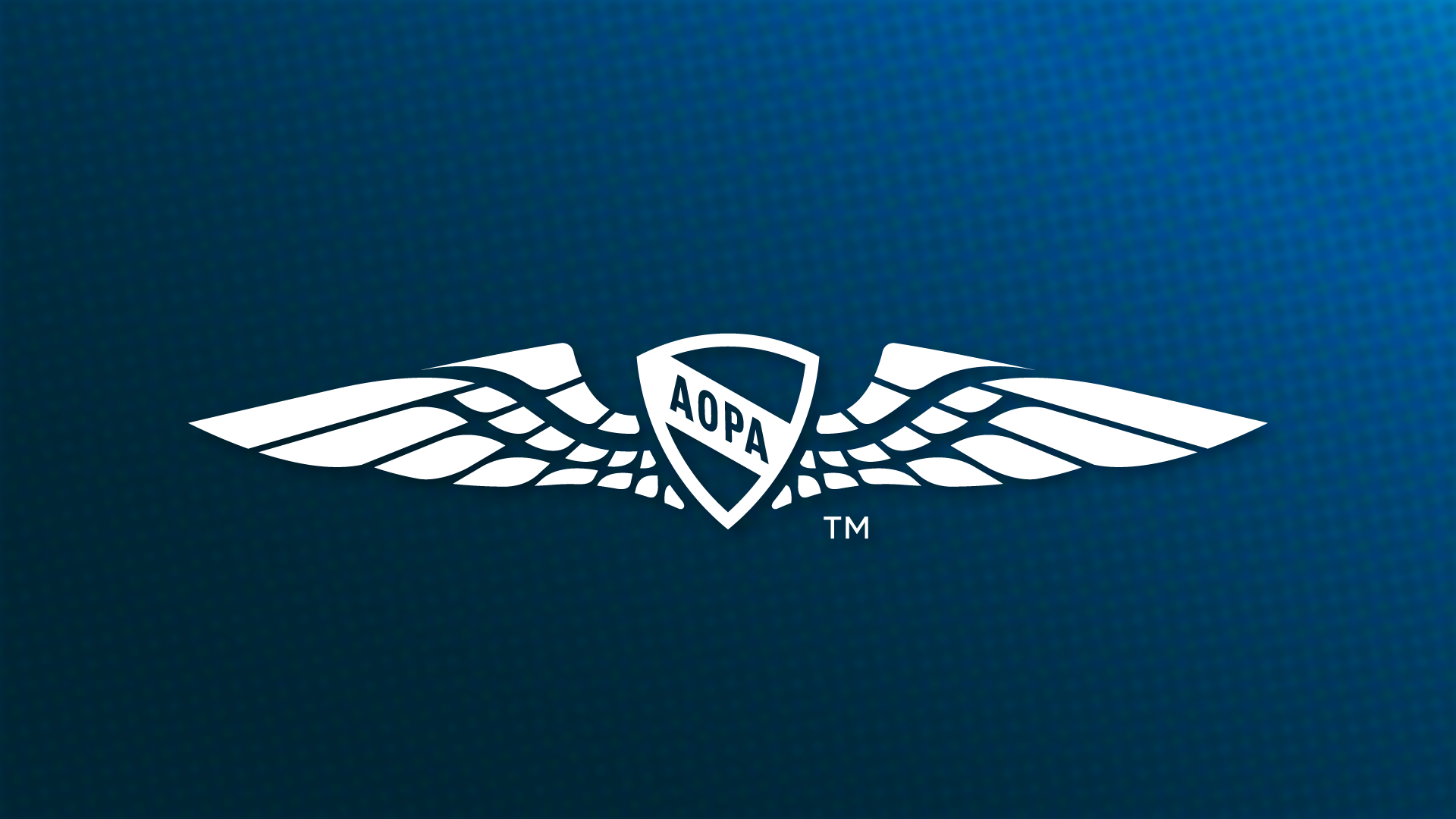Splat

In winter, postflight cleanings are usually a quick once-over to wipe off traces of dirt and oil from the airframe. But in summer, things get messy. Airfoil leading edges, windscreens, and other forward-facing surfaces come back splattered with bug guts and sometimes mud, dust, bird droppings, or feathers. It’s time to grab a spray bottle and a rag and get to work.
Of course, not everyone does. At the flight school where I did my primary training, students and CFIs weren’t expected to wipe down the airframe after flights, and by mid-summer the wings looked like flypaper. It got so bad I asked my instructor if the bug accumulation would raise the stall speed. He laughed, then frowned. Surely not…right?
For the airplanes I fly now, the expectation is clear: Clean up after every flight. Sharing an airplane comes with the responsibility to be good stewards of the resource. That includes policing up candy wrappers, tidying seatbelts, and refueling so the next pilot isn’t stuck holding the bag.
Treating your fellow pilots with courtesy can improve the flying experience for everyone and earn you goodwill at the hangar. Here are some of the small ways you can be a good pilot citizen:
Clear prop! Remember Newton’s third law? A propeller pulls an airplane forward by pushing a lot of air back—and on the ramp, that can mean blasting nearby airplanes or people, or sending dirt and debris through a neighbor’s open hangar doors. Before startup, angle the airplane so it won’t create a hazard for others when the propeller starts turning. This goes double for runup.
Keep it tight. Maybe it’s for fear of steep banks at low altitude, or to give students extra time to think through the steps for landings, but many flight schools have a reputation for flying extra wide traffic patterns. Not only is this unnecessary for airplanes flying at trainer speeds, but it pushes you and anyone in the pattern following you beyond gliding distance from the field. The FAA recommends turning crosswind after you’ve passed the departure end of the runway and are within 300 feet of pattern altitude, then flying the downwind leg half a mile to a mile from the landing runway. (If you find yourself blowing past the extended centerline when turning onto the final approach, you may be flying too fast or balking at the medium-bank turns appropriate for the pattern. Focus with an instructor on airspeed control and gaining confidence with safe, coordinated turns.) Save the mile-wide patterns for the business jets and aim to keep it tight.
Fly friendly. Sometimes local procedures call for extending the departure leg, limiting touch-and-goes, or following a prescribed arrival route to mitigate the effects of noise on the community surrounding an airport. If you see noise abatement procedures for an airport, think of them as a peace accord. A vocal faction close to the airport doesn’t like airplanes overhead, and following these best practices helps prevent simmering tensions from erupting into war. Nearly 500 U.S. airports publish noise abatement procedures in the chart supplement, and others post them on a website or at the FBO. Following them can avert a rash of angry phone calls and help local pilots keep the public on their side.
Get to the point. Concise, professional radio calls convey the important information and leave out the fluff. Following the standardized format and terminology of aviation radio communications reduces misunderstandings, and just as important, refraining from irrelevant chatter clears the frequency for safety-critical transmissions. And use frequencies for their intended purpose. When pilots blather on 121.5 MHz like it’s open mic night, they discourage others from monitoring the emergency frequency for distress calls.
Ask any group of pilots their pet peeves and you’ll hear dozens more breaches of aviation etiquette. You’ll avoid most of them by following the Golden Rule. Treating fellow pilots with consideration and respect makes flying more fulfilling for everyone—except maybe the bugs.



